Early mornings in May
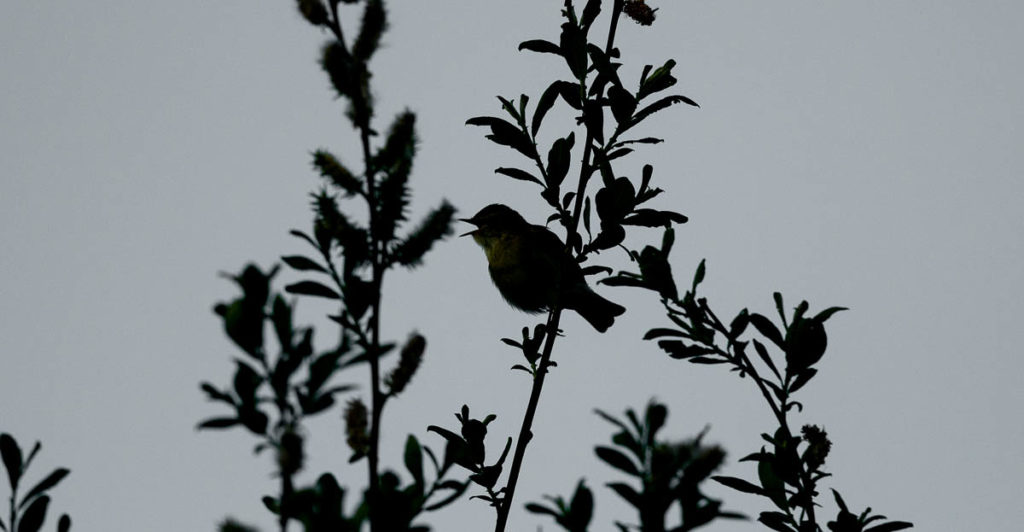
The dawn chorus has been more evident for me this year and that’s for a couple of reasons.
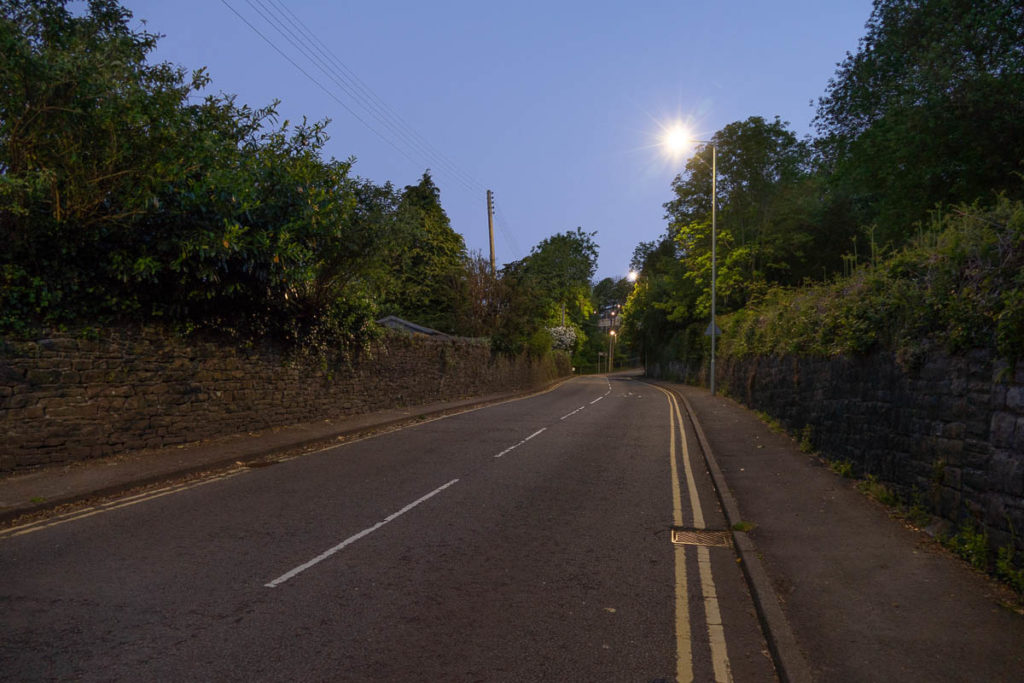
Firstly, I’ve been out more because I’m helping to illustrate a book that’ll be coming out later this year with a working title of, ‘The Dawn Chorus – Songs of Time and Place’ and secondly, when I’ve been out, there has been less early traffic noise, due to the lockdown, which has given a new sound space for the birds to enter.
The book is being produced by my brother Mike, with a similar ethos to his last one’ Ghosts of the Restless Shore‘, but more ambitious, as he’s bringing together an illustrious group of experts on various aspects of the dawn chorus to write essays and then combining these with his own art and musical interpretations. It promises to be a wonderful exploration into an extraordinary phenomenon and I’m delighted to be part of it.
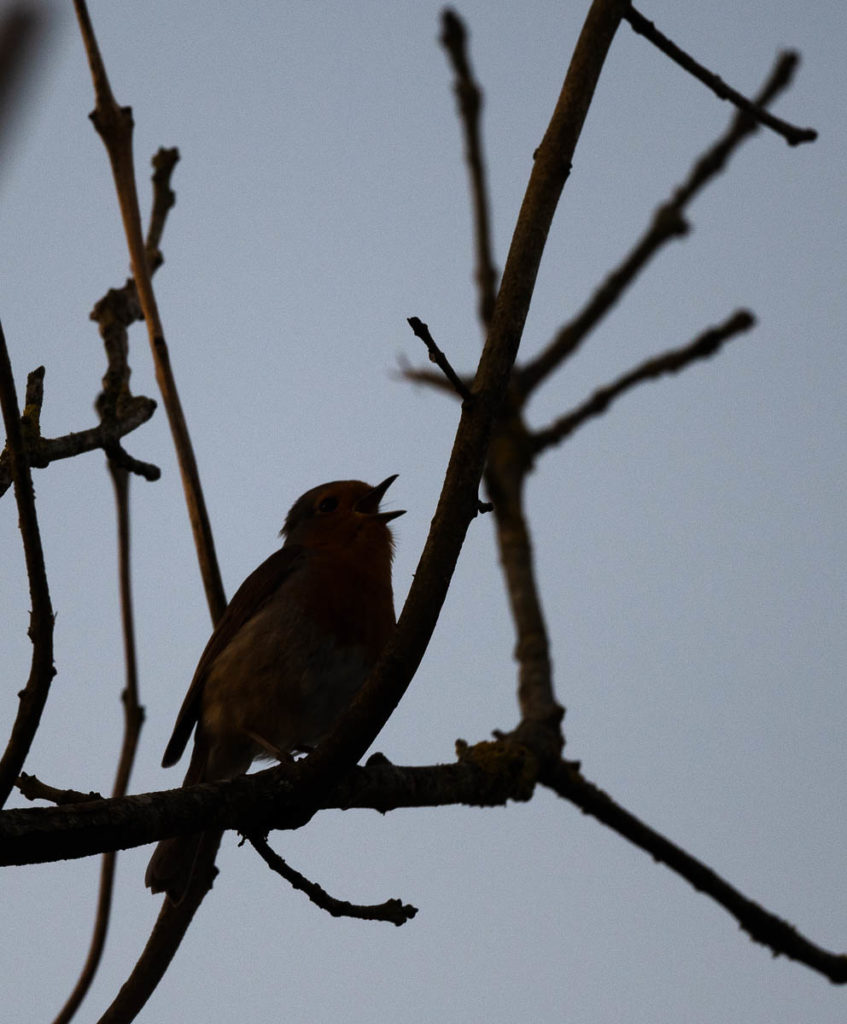
In addition to illustrating parts of the book I’ll be contributing an essay related to my many outings over the years to experience the dawn chorus in the same Welsh sessile oak wood in mid Wales, something I’ve missed this year as a result of not being able to travel.
The lockdown, however, has forced me into different locations within walking distance from home to carry on collecting images that may prove useful for the book.
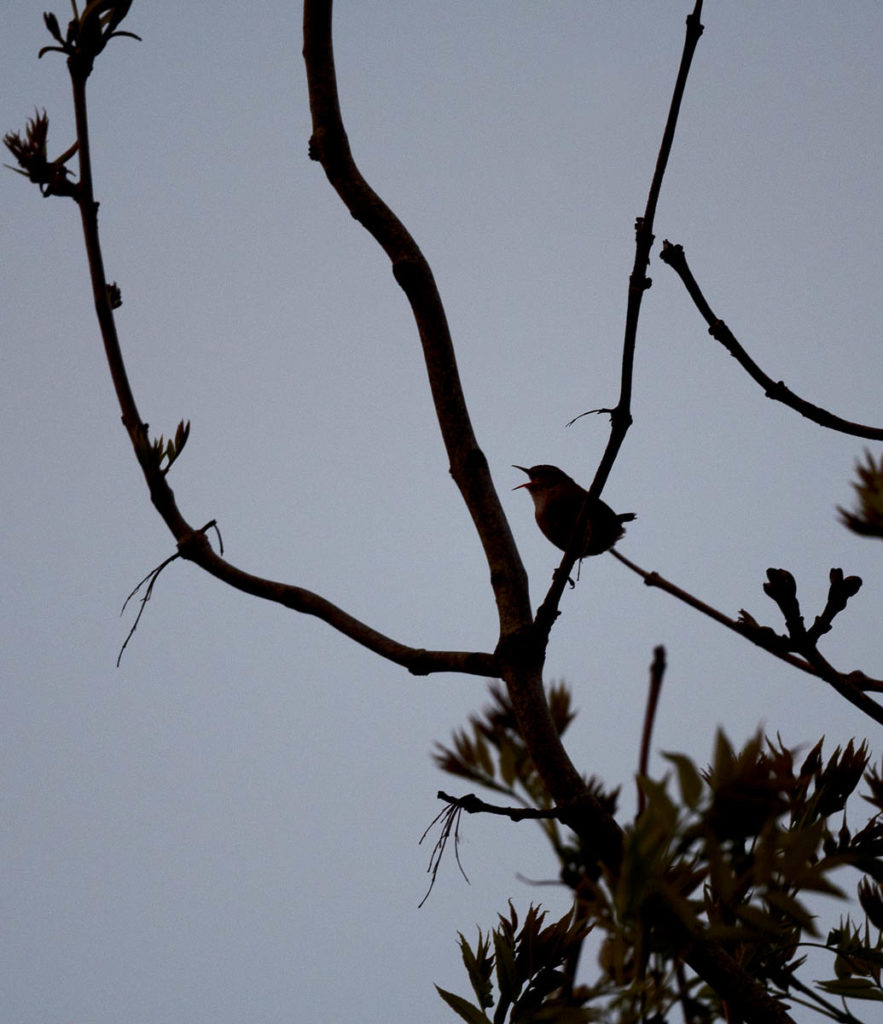
So my alarm has been set at an increasingly early hour as the month progressed to roam locally. Mid May and it’s still quiet and dark at 4.00am in the morning yet by 4.30am the light is just beginning to show and the dawn chorus is in full swing. Half an hour from nothing but the occasional very early Robin, to a sound extravaganza – extraordinary! It’s a little like a symphony that ignores the first movement and takes you through the slow, scherzo and allegro and, curiously, in about the same time, but the allegro lasts for longer slowly dissipating but never quite ending.
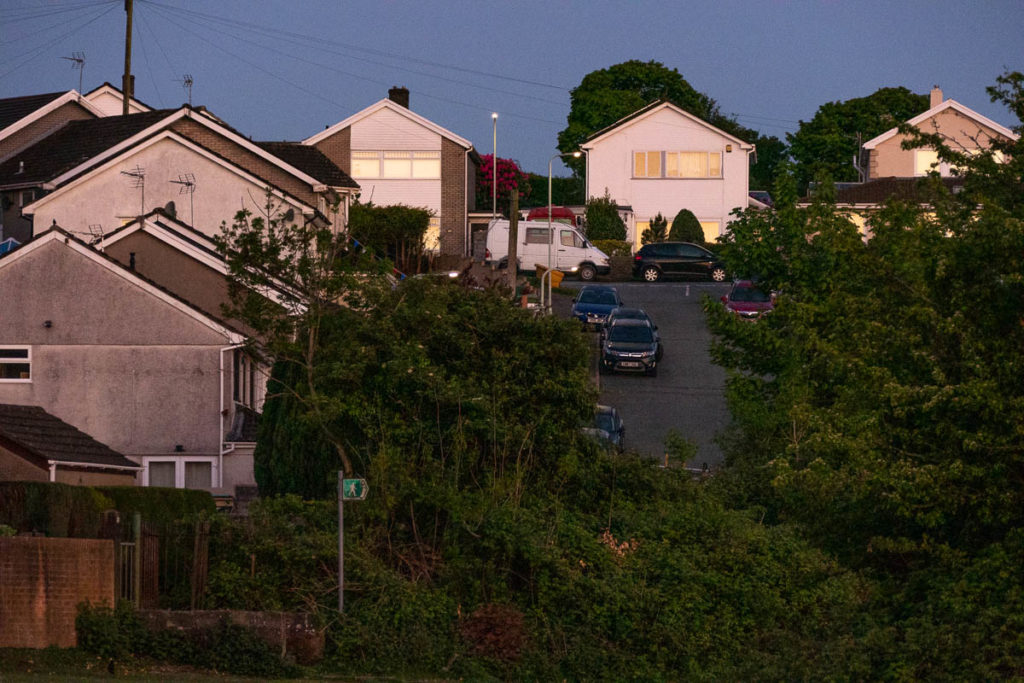
I’ve photographed Robin, Goldfinch, Great tit, Blackbird; a Song Thrush that gave of its best for well over half an hour; Blackcap, Whitethroat, Willow Warblers seemingly everywhere and Chiffchaffs (they’re hard to get with their beak open as they sing their name, “chiff chaff†or “zlip zalpâ€; Stonechat and Dunnock and the constant chirping of the House Sparrow (another difficult one to get with beak wide!)
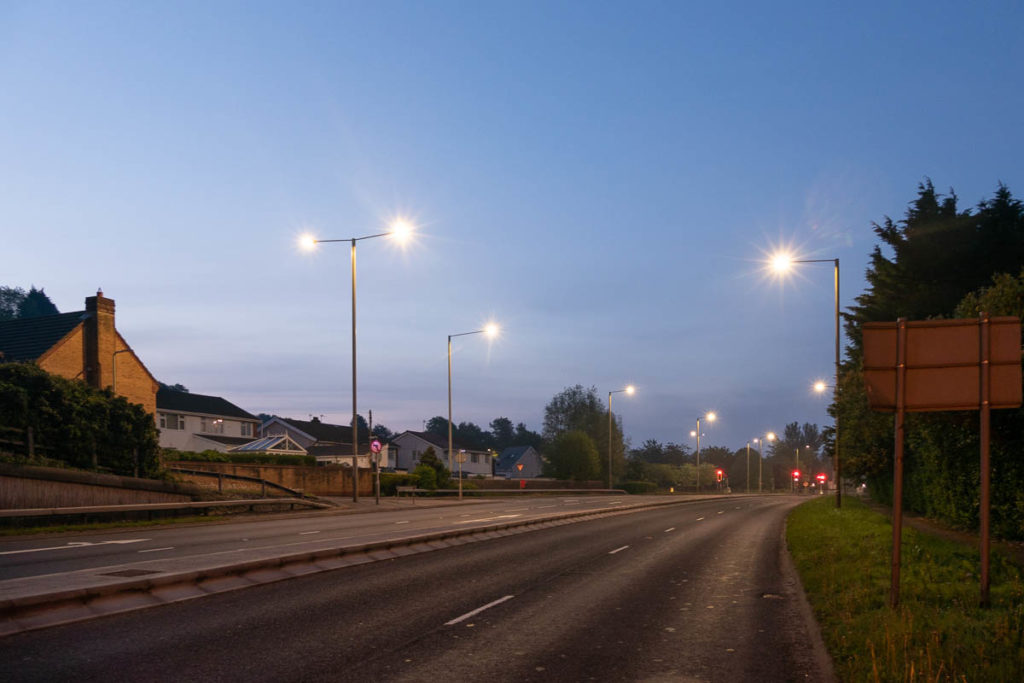
The sounds are all around, it’s a wall that hits you when you open your front door, literally breathtaking and one that pulls you in with excitement about what images you may make. But it’s hard work too. Sounds may be seemingly everywhere but trying to single out one individual and then photograph it, preferably at this early hour against the sky, is no easy matter.
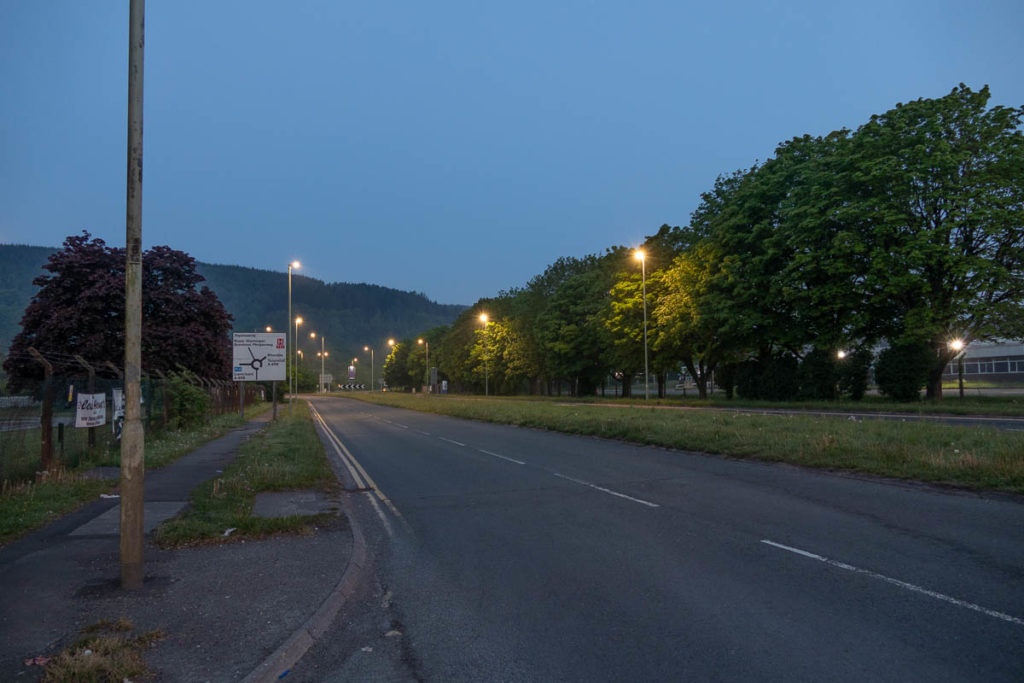
At 430am it’s still pretty dark and photographically pretty well black. By 5.15 I’ve a chance against the sky to create a silhouette, so effectively exposing for the sky. But they don’t always sit out on high branches to sing, often content to be half way up a tree, a little tucked in and with the leaves burgeoning by this time of year it’s hard to pick them out. As the light increases so you begin to work differently now looking at the feathers and plumage, that silhouetted shape now takes form.
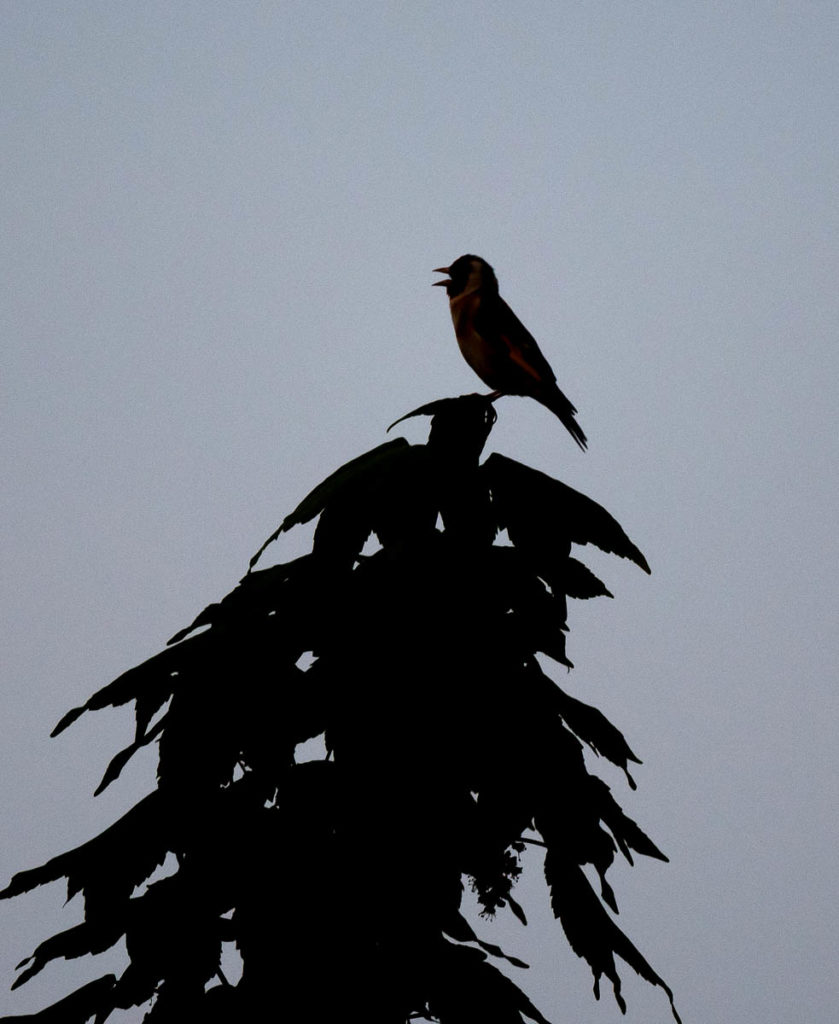
It’s not only the birds I’ve been working with, the time of day is all part of the spectacle too. So trying a get a sense of time has been central to my work on these early morning forays. It’s not just the ‘countryside’ (whatever that is!) where the dawn chorus happens too, in-fact as I walked out onto a recently cut field of silage the noise level dropped considerably. No, it’s around housing and industrial estates where the sound is often at its best and on the fringes where trees and shrubs hold sway.
Spring 2020 will not only be remembered by me for the devastating effects of Covid19, but also the year I got to grips with my local dawn chorus.
In this series of posts I’ll look at what the days out around my locality have produced and then widen it out to other images related to the dawn and dawn chorus.
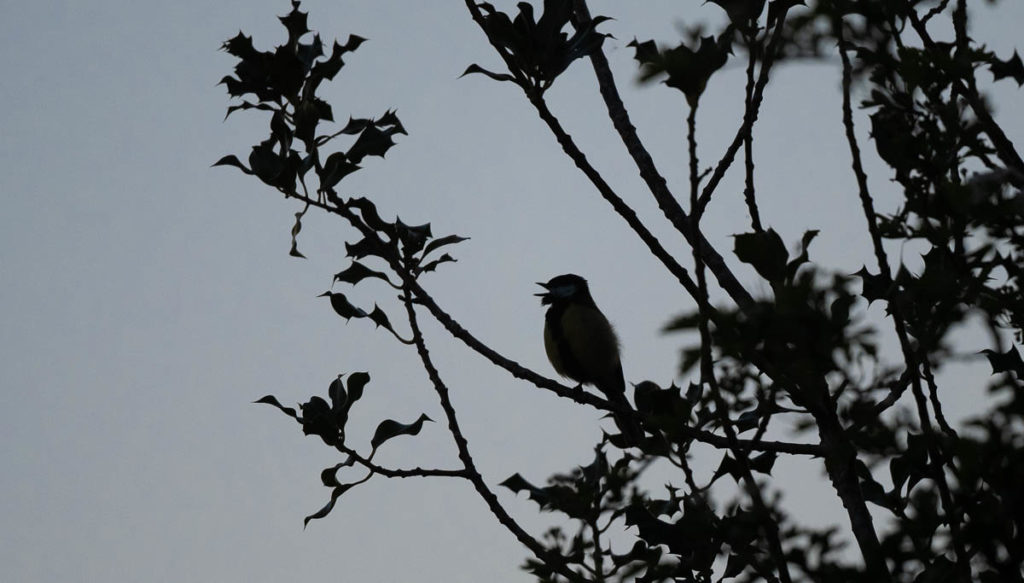

Oh my goodness. Absolutely brilliant.
Thank you Tim